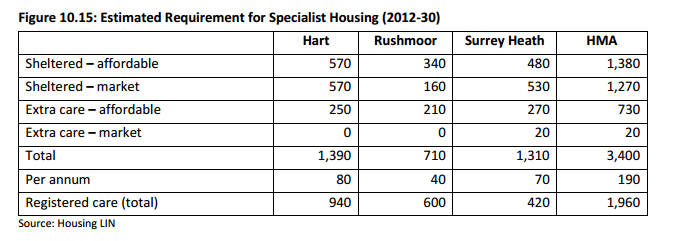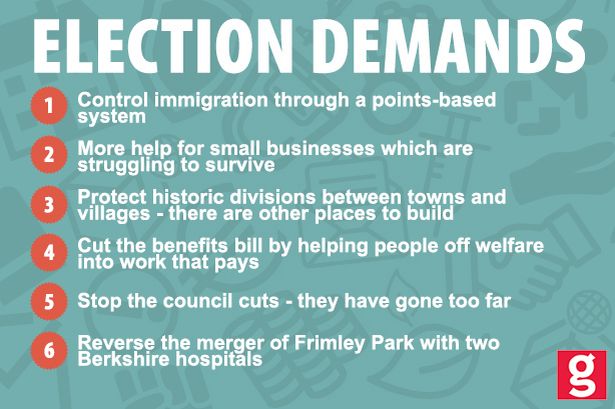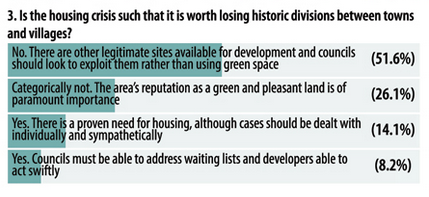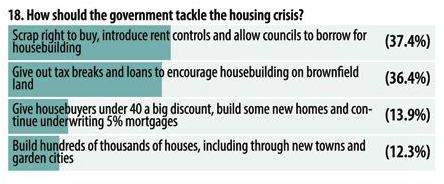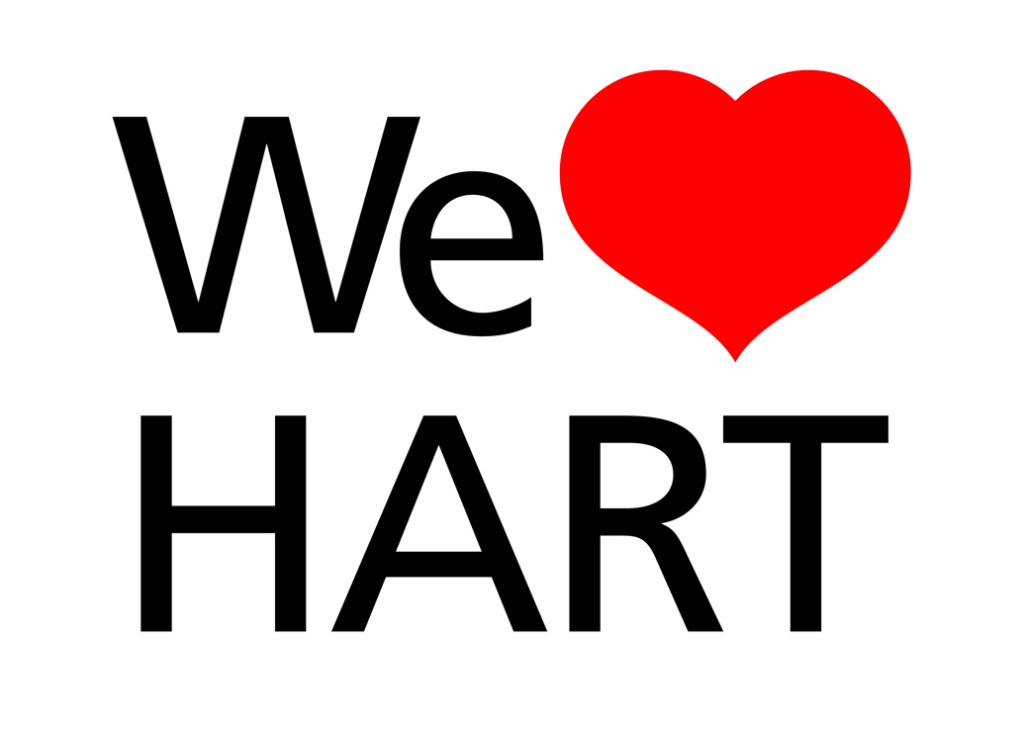
We Love Hart Campaign Logo
Recent meetings between Hart District Council and Keith Holland, the Planning Inspector, demonstrate the council and Government are trying to ride roughshod over local democracy and the environment. It should be noted that our petition asking the council to change course has reached more than 1,300 signatories, more than 6 times the number of people who expressed a preference for a new town in Hart’s consultation.
Nevertheless, from the papers of the meetings in October 2014 and March 2015 between the council and the government inspector, it is clear that between them, they are seeking ways to bypass local democracy. Downloads of the working papers for the meetings can be found at the bottom of this post.
First, it is clear that Hart Council is seeking to make a new settlement a “political preference” and then load the assessment of options so that those options that didn’t include a new settlement would perform less well than options that did. Given that many councillors have stated that they are only reluctantly going along with the idea of a new town as the “least worst option”, it is quite staggering that the council should seek to proceed in such a biased manner.

New settlement as political preference
Sadly, it appears as though the inspector agrees with Hart’s approach, however he did indicate that the council should first establish all of the needs of the district in terms of housing and social and economic development. Hart does not appear to have done any work at all on establishing the infrastructure needs of the district.

Vision should include more than housing
Second, it is clear that both the council and the inspector want to ride roughshod over local democracy by making the Local Plan override any Neighbourhood Plans prepared in advance of it. This again bypasses the democratic process in each parish and flies in the face of the Government’s supposed “localism” policy where David Cameron said in 2012:
“Our reforms will make it easier for communities to say ‘we are not going to have [a] big plonking housing estate landing next to the village, but we would like 10, 20, 30 extra houses and we would like them built in this way, to be built for local people’.”

Local Plan supersedes Neighbourhood plans
Third, the risk of having to take 3,100 extra houses from Surrey Heath and Rushmoor, leaving Hart having to take on by far the largest number of houses across all three districts has been confirmed. The Planning Inspector said that Hart “must test an option whereby it takes all of the estimated shortfall in Rushmoor and Surrey Heath”.
| Hart | Surrey Heath | Rushmoor |
| Original Assessed Need | 7,534 | 9,822 | 7,057 |
| Shortfall from SH and R | n/a | 1,700 | 1,400 |
| New Need | 10,634 | 8,122 | 5,657 |
Fourth, both Hart District Council and the planning inspector are trying to sneak through the Local Plan with minimal consultation. At the first meeting the planning inspector advised that consultation should be kept to a minimum and since then the council has quietly dropped the Regulation 18 consultation it said it would carry out in March 2015. This clearly shows that both the Local Council and the Inspector want to rush through the Local Plan without properly consulting with the people. It is worth noting that the size of the 3,100 dwelling unmet need from Surrey Heath and Rushmoor was not known at the time of the first consultation. This pushed up Hart’s requirement from 7,534 to 10,634. This surely represents a major change that on its own would justify a further consultation.

Keep consultation to a minimum
Surely it would be better for Hart to knock out Option 4 – new settlement now on the grounds of environmental damage to avoid the need to take on the additional requirement from Surrey Heath and Rushmoor?
Finally, Hart has to demonstrate where it is going to put all of the houses, but doesn’t have to show it will protect our environment by providing suitable green spaces.

Finding SANG capacity not as important as finding sites for houses
This is surely a ridiculous position to take and puts our environment at unnecessary risk, where they adopt a new settlement in the Local Plan but don’t have to show exactly how they will mitigate the environmental impact.
Downloads of the papers referred to in this post can be found below.
Note of Hart DC meeting with PINS 30 Mar 2015
Briefing note for Hart DC meeting with PINS 30 Mar 2015
Note of Hart DC and PINS Meeting 20 Oct 14
Meeting 30/3/15 Briefing note for 30/3/15 meeting Minutes from 20/10/14












